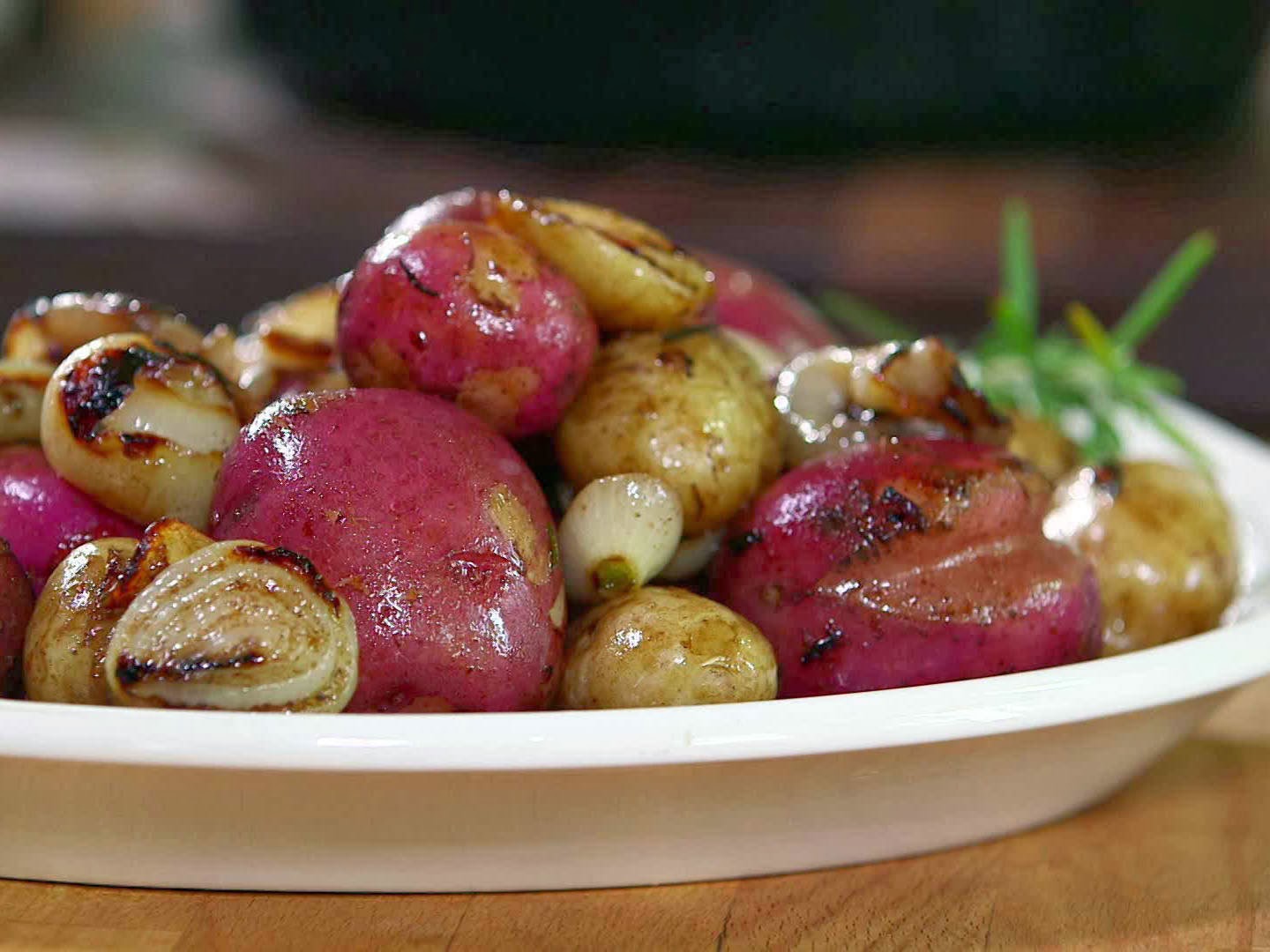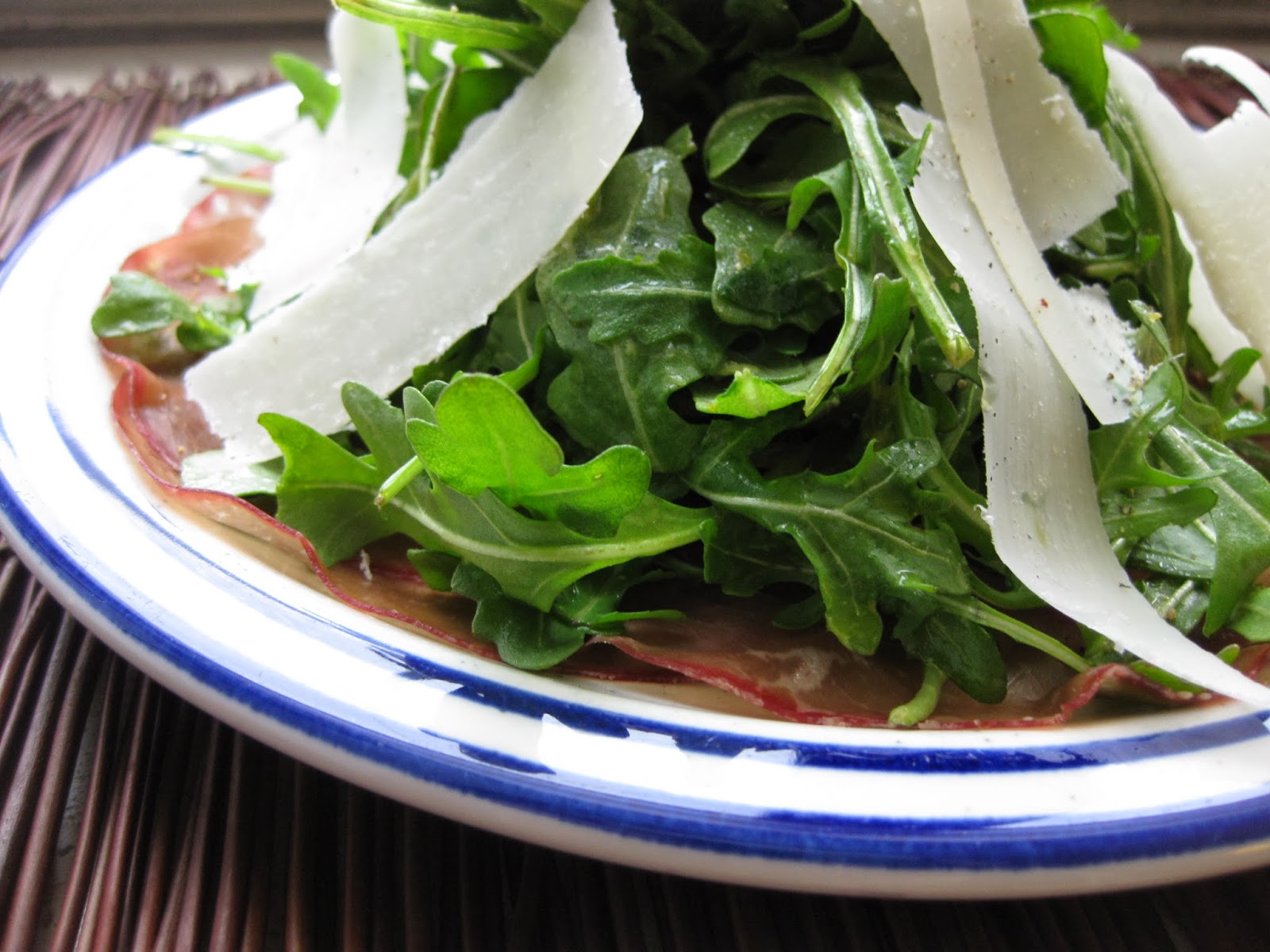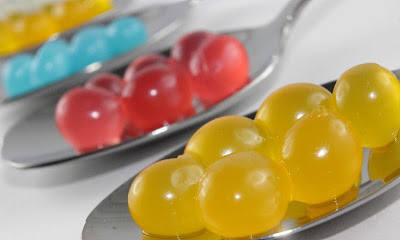|
Per Serving
|
%
Daily Value
|
|
Calories 280
|
|
|
Calories from Fat 113
|
|
|
Total Fat 12.5g
|
19%
|
|
Saturated Fat 1.9g
|
10%
|
|
Polyunsaturated Fat 5.0g
|
|
|
Monounsaturated Fat 4.2g
|
|
|
Cholesterol 109mg
|
36%
|
|
Sodium 86mg
|
4%
|
|
Carbohydrates 0.0g
|
0%
|
|
Dietary Fiber 0.0g
|
0%
|
|
Sugars 0.0g
|
|
|
Protein 39.2g
|
|
Exceptional food that worth a special journey. And all other foods that can kill you.
Friday
Delicious and Easy Wild Alaskan Salmon Recipe
Putting together a healthy, simple dinner shouldn’t
feel like swimming upstream. Few foods pack a bigger nutritional punch than salmon—it's rich in protein,
heart-helping omega-3 fatty acids, and vitamin D. When cooked properly, and
married with the right flavors, the fish is moist, buttery, full of flavor and
the perfect addition to any low-calorie diet plan.
Béarnaise is the epitome of French sauces and just one of the many
reasons to love classic French cuisine. Paired with fresh wild Alaskan salmon
and served for your Sunday meal, it will give you the stamina to get through
any week. If you don’t have any stock, poach the fish in a mixture of white
wine (not superoaked Chardonnay) and water. Add a few herbs, like thyme, bay
leaves, and parsley, to the liquid.
Just try this melt-in-your-mouth
and tasty recipe anytime!
Delicious Wild Alaskan Salmon with BÉARNAISE, Roasted Cipollini Onions and
New Potatoes, and Parmesan-Arugula Salad
INGREDIENTS:
3 TBSP CHOPPED SHALLOTS
3 EGG YOLKS
1 CUP/225 GRAMS UNSALTED BUTTER, AT ROOM TEMPERATURE,
CUT INTO 8 CHUNKS
½ TSP ROCK SALT
5 TO 6 CUPS/1.2 TO 1.4 L CHICKEN STOCK, FISH STOCK (refer to the fish stock recipe below),
OR VEGETABLE STOCK, OR A MIXTURE OF WHITE WINE AND WATER WITH HERBS
FOUR 4- TO 6-OZ/115- TO 170-GRAMS SALMON FILLETS
PROCEDURE:
1) To make the sauce, in a small frying pan set over
medium heat, combine 2 sprigs of the tarragon with the white wine, vinegar, and
shallots. Simmer for 5 to 8 minutes or until the liquid has reduced by about
two-thirds.
2) Remove the tarragon sprigs and transfer the
remaining liquid to the top of a double boiler set over medium-low heat. Improvise
if you don’t have one by setting a metal or heat-proof ceramic bowl over a pot;
just be sure the water on the bottom of your double boiler is barely simmering
and is not touching the bowl you’re working in.
3) Before the reduction liquid begins to heat up again
too much, whisk in the egg yolks, one at time. Heat the mixture in the double
boiler for 2 to 3 minutes or until it’s quite hot and has thickened to the
consistency of heavy cream.
4) Add the butter, one chunk at a time, whisking all
the while. When all the butter has been added, turn off the heat and remove the
top of the double boiler from the bottom. Stem and then chop the remaining 2
sprigs of tarragon. Whisk them into the mixture along with the salt.
5) To cook the fish, pour the stock
into a large, deep sauté pan and set over medium heat. Bring the stock just to
a simmer and gently place the fish in the hot liquid. It should be almost submerged, depending on how
thick the fillets are.
6) Cover and cook at just a simmer for 6 to 8 minutes
before checking for doneness. The center of the salmon should be dark orange, not light coral, and still translucent. A paring knife
should go into its center without resistance, however.
7) Gently transfer the fish to warm plates and just
before serving, spoon the béarnaise over the top of the fish. Bring any
leftover sauce to the table.
Quick Tips:
Look for wild Alaskan salmon or farmed coho salmon or
Arctic char. Avoid: farmed Atlantic
salmon.
Salmon Calorie Count- Salmon,
Atlantic, Wild- Cooked, Dry Heat
A- Grade
280 Calories
Nutrition Facts
Serving Size 1/2 fillet
(154 g)
Vitamin A 1% · Vitamin C 0%
Calcium 2% · Iron 9%
Roasted Cipollini
Onions and New Potatoes
Simple and fast, this is the perfect of side dishes for your wild Alaskan
salmon if you’re looking for a vehicle for that tasty béarnaise.
INGREDIENTS:
1 LB/455 GRAMS NEW POTATOES
1 LB/455 GRAMS CIPOLLINI ONIONS, BLANCHED AND PEELED
2 TBSP OLIVE OIL
½ TSP ROCK SALT
PROCEDURE:
1) Preheat the oven to 500°F/260°C/gas 10.
2) Fill a large saucepan with cold water, add the potatoes, and place
over high heat.
3) Once the water comes to a boil, lower the heat to keep the water at a
steady simmer and cook the potatoes for 15 to 20 minutes or until they are tender but not falling apart. Test a
potato by inserting a paring knife. There should be little resistance.
4) Drain and place in a large mixing bowl.
5) Add the onions, olive oil, and salt and toss.
6) Spread out on a baking sheet (parchment-lined, if you like), and
roast for 12 to 15 minutes or until the edges of the onions and potatoes begin
to brown. Don’t be hasty and take them out before they show some color.
Parmesan Arugula Salad
If you haven’t guessed as much already, I have a thing for arugula. This
is just an excuse to eat it, mixed in with shavings of umami-inducing Parmesan.
Arugula low in Saturated Fat, and very low in Cholesterol. It is also a good
source of Protein, Thiamin, Riboflavin, Vitamin B6, Pantothenic Acid, Zinc and
Copper, and a very good source of Dietary Fiber, Vitamin A, Vitamin C, Vitamin
K, Folate, Calcium, Iron, Magnesium, Phosphorus, Potassium and Manganese.
INGREDIENTS:
5 OZ/140 GRAMS ARUGULA
1 TBSP VERY GOOD EXTRA-VIRGIN OLIVE OIL
1 TSP FRESH LEMON JUICE
FLAKY OR COARSE SALT
¼ CUP/30 GRAMS FRESHLY GRATED PARMESAN CHEESE
PROCEDURE:
Just before you’re ready to eat, in a large serving bowl, toss together
the arugula, olive oil, lemon juice, and a tiny pinch of salt—remember, the
Parmesan is salty. The arugula should not be weighed down—instead, it still
should be light and airy, with a fine glisten of oil. Scatter the Parmesan over
the top and bring it to the table.
Fish
Stock Recipe
If you can make chicken stock, you can make fish stock;
just decide you’re going to do it. When you taste this rich, fragrant liquid,
you won’t regret it. Most fish shops will happily give you a big package of
fish heads and carcasses. For the lightest, most versatile stock, ask for
non-oily fish.
INGREDIENTS:
MAKES 3 QUARTS/2.8 L
2 LB/910 G FISH HEADS AND CARCASSES
4 RIBS CELERY WITH LEAVES
2 CARROTS, PEELED
2 SPRIGS THYME
1 SMALL BUNCH PARSLEY
1 LEEK, SPLIT AND RINSED
1 CUP/240 ML DRY WHITE WINE (DON’T USE OAKY CHARDONNAY)
PROCEDURE:
1) Place the fish parts in a
large stock pot, pushing them down to condense them. Cover with cold water and
then add the celery, carrots, thyme, parsley, leek, and white wine.
2) Set over high heat to
bring the liquid to a boil, skimming away the foam (and scum!) that rises to
the surface. Once the liquid reaches a boil, reduce the heat to produce a quiet
simmer.
3) Cook for 30 to 40 minutes
and drain through a fine-mesh colander (use a regular colander if necessary).
Transfer to storage containers and freeze or refrigerate any stock you aren’t
using right away.
Are you into the new fad
diet out there? So it's a must that you should know the Top
10 Best Diet Plan in United States According to Google.
Find food pictures and food photos for
widescreen, full screen, high definition, dual monitors and mobile phones at Food
Wallpaper Download Free.
Subscribe to:
Post Comments (Atom)




No comments:
Post a Comment